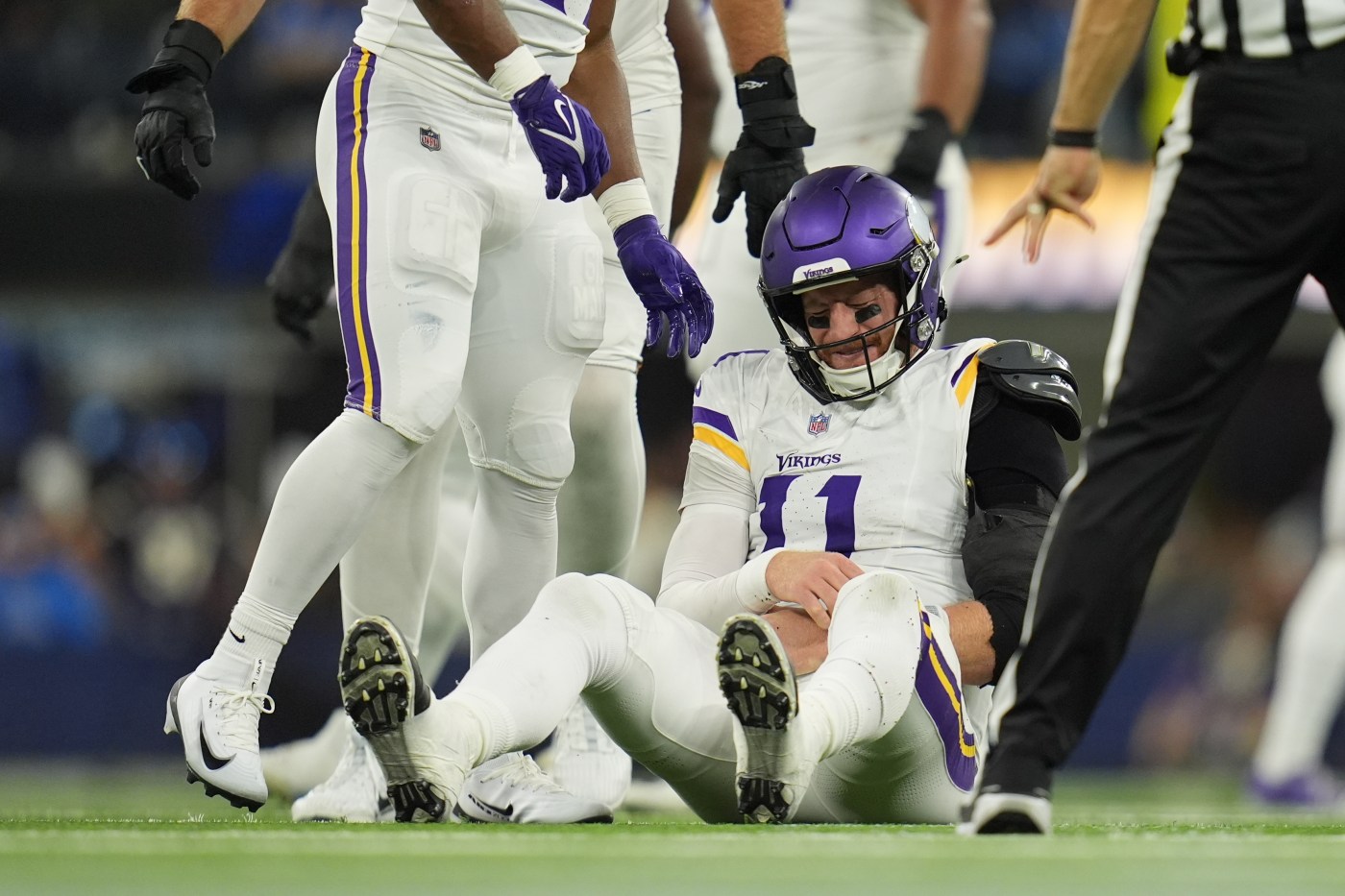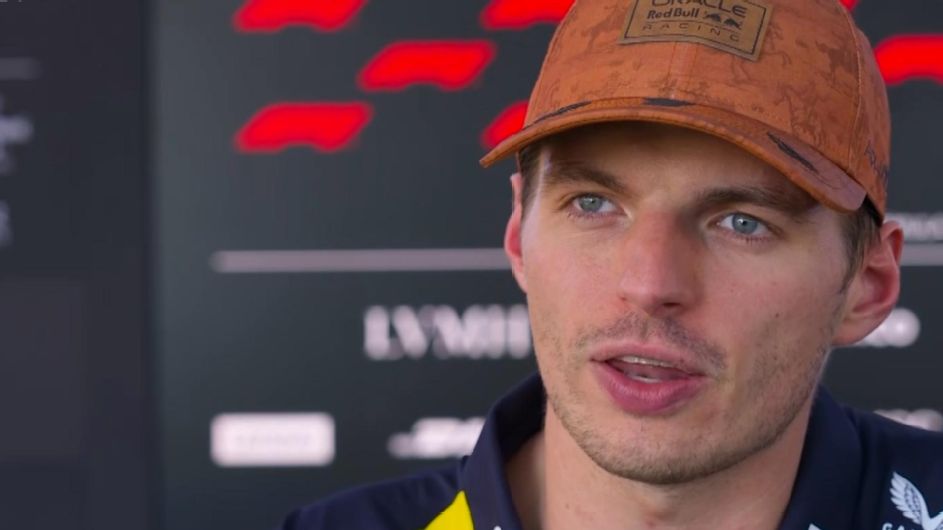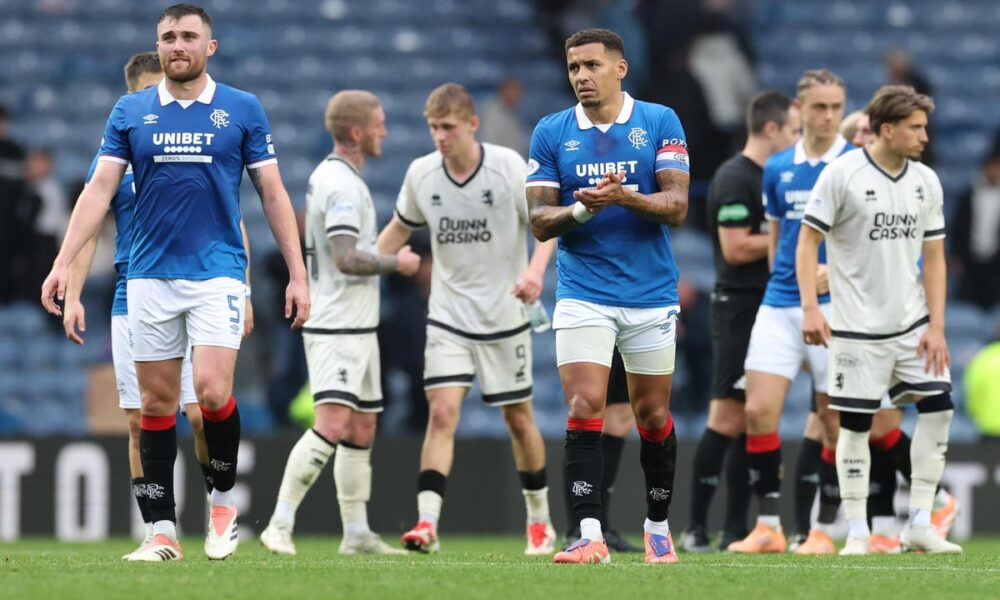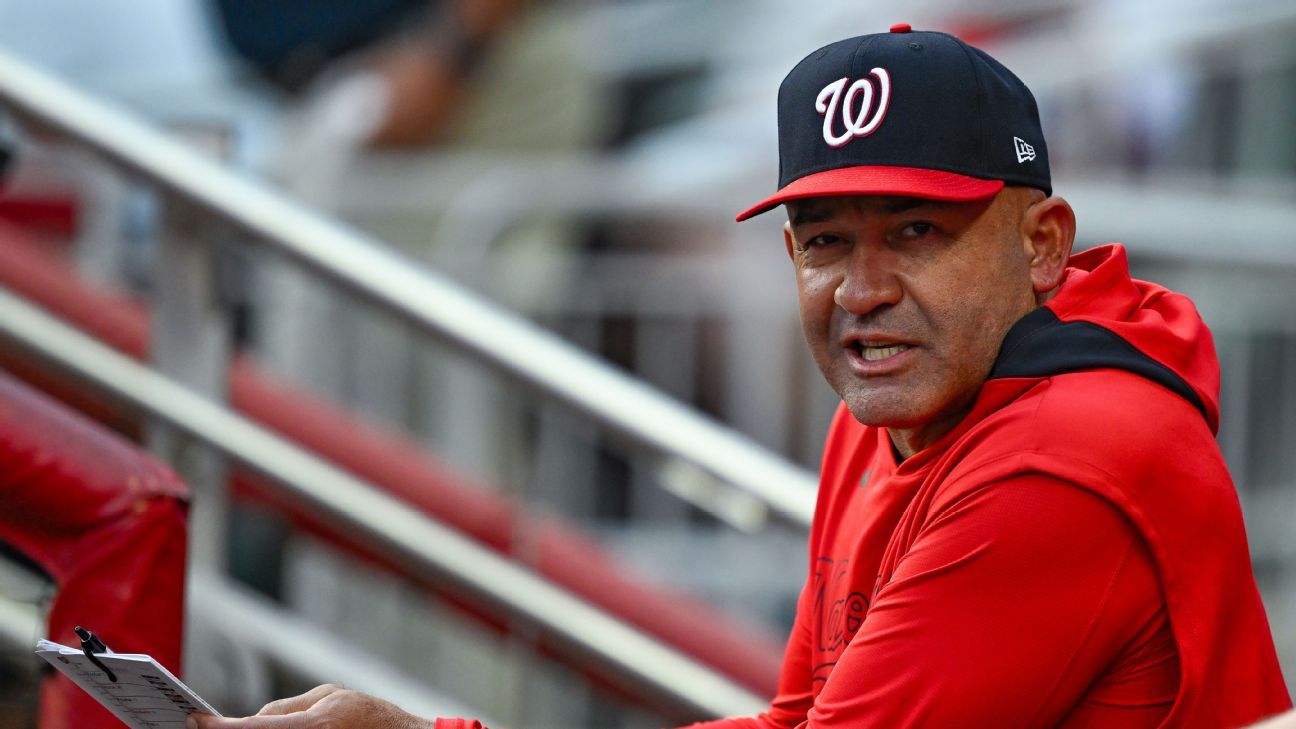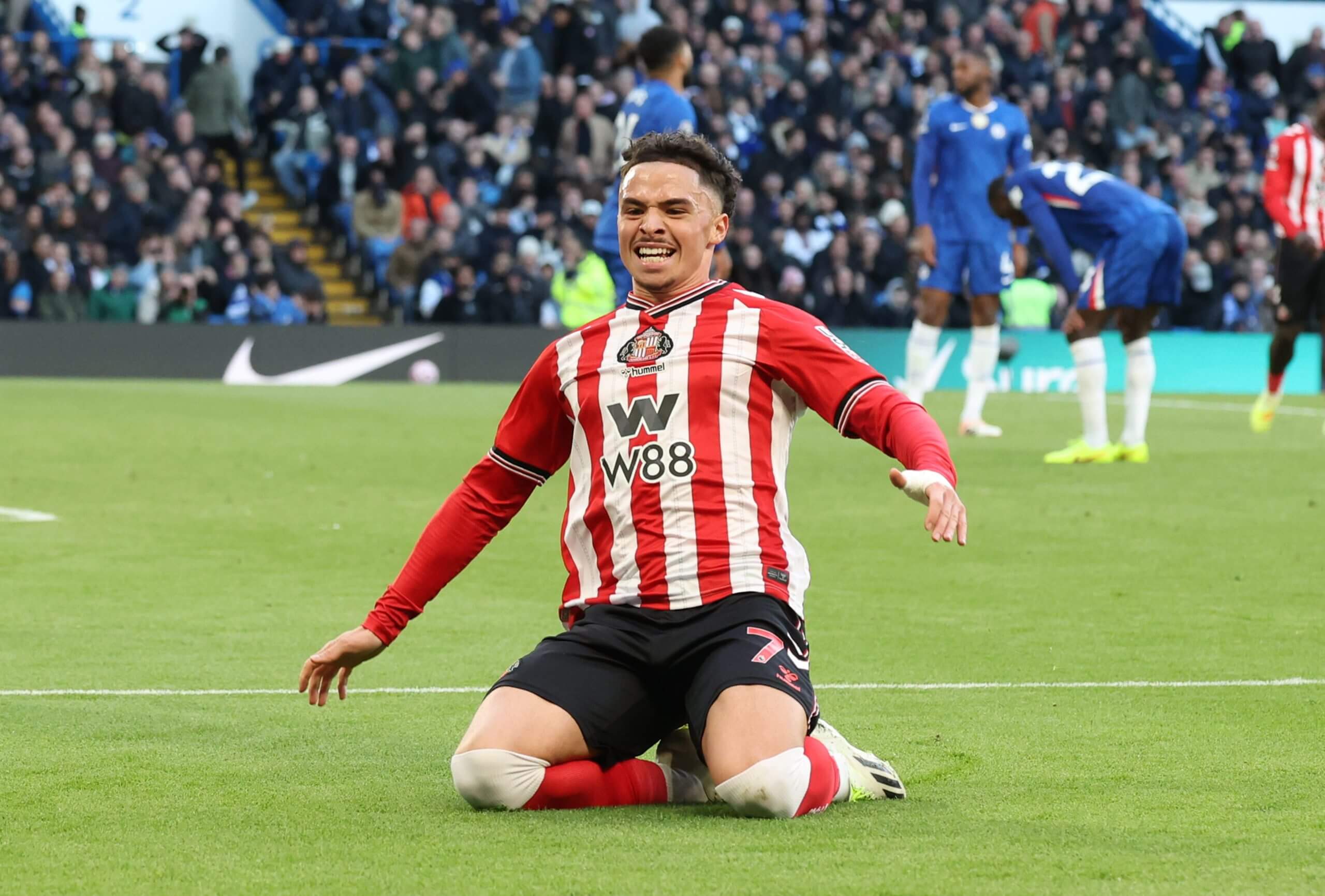Veteran quarterback Carson Wentz is now on injured reserve after suffering a torn labrum in his left shoulder, raising questions about how the Minnesota Vikings managed his injury during a crucial stretch of the season. The incident unfolded last week at SoFi Stadium, where Wentz was seen in visible pain and later expressed frustration after being sidelined.
Wentz, who has been dealing with the injury since the game against the Cleveland Browns on October 5, 2023, underwent an evaluation that confirmed the need for surgery. Despite the diagnosis, Wentz continued to play in matches against the Philadelphia Eagles on October 19, 2023, and the Los Angeles Chargers on October 23, 2023. His determination to compete has been a central theme in discussions regarding his health and the decisions made by the coaching staff.
Reflecting on his circumstances, Wentz stated, “I knew what I was signing up for. This is my 10th year in the league. There’s a lot of bigger things in my life to worry about, so I wasn’t going to do anything that would be detrimental to my own health.” His resolve showcases the balance athletes often navigate between personal health and professional commitment.
The decision to allow Wentz to continue playing was made collaboratively with head coach Kevin O’Connell. O’Connell emphasized the importance of player autonomy, saying, “It was determined that if Carson wanted to give it a go, he could. We felt encouraged by giving Carson the opportunity to make the call.” This partnership between player and coach underscores the complexities of injury management in professional sports.
Amidst ongoing discussions, Wentz acknowledged the challenges of participating in consecutive games with a short recovery time. He admitted that the four-day turnaround before facing the Chargers was more taxing than anticipated. Yet, he remained focused on the opportunity to start in the NFL, which influenced O’Connell’s decision to keep him in the game.
“Did it become more uncomfortable? Probably,” Wentz remarked, recognizing the physical toll the injury took on him. “Did it become worse that it can’t be fixed? No.” This perspective highlights a common sentiment among athletes who often endure pain to fulfill their competitive instincts.
Throughout the game, Wentz communicated with the coaching staff on the sidelines, consistently expressing his desire to remain on the field. “I never once felt unsafe,” he noted. His commitment to the game was evident, although reality began to set in during the return flight, prompting him to reconsider the urgency of addressing his injury.
Looking ahead, Wentz is optimistic about his recovery and hopes to be ready for organized team activities in the spring, whether with the Vikings or another team. He remains confident, stating, “It’s not that concerning long term. It’s just a bummer right now.” As Wentz prepares for surgery, the Vikings are now navigating the implications of his absence on their roster.
The situation has generated significant discourse around athlete health management, particularly regarding the protocols teams must adhere to when dealing with injuries. As Wentz embarks on his recovery journey, the focus will also be on how the Vikings adapt to their quarterback’s absence and the decisions that lie ahead.

